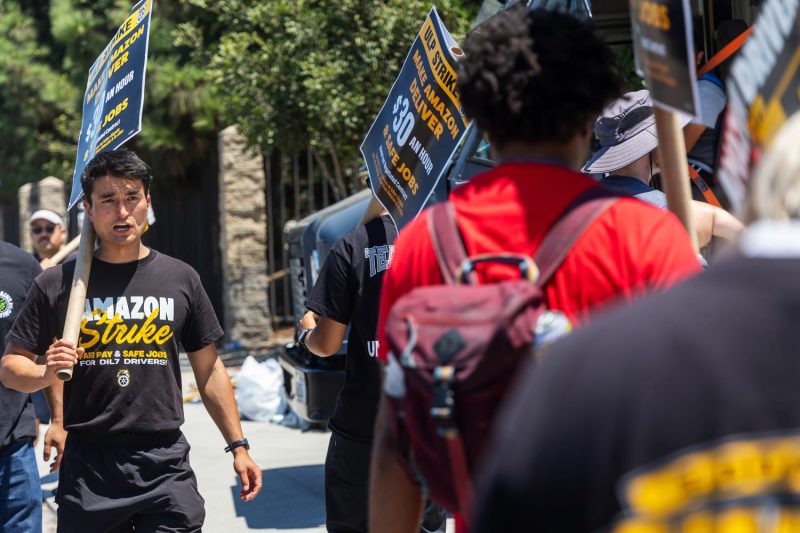Amazon, the multinational technology company primarily known for its vast online marketplace, has recently announced that it will be increasing the wages of its contract delivery drivers. This move comes in the face of mounting pressures from its workforce, predominantly its drivers, who are pushing for the company to do more in the way of fair pay, job security and better working conditions.
At the heart of this issue is the structure of Amazon’s logistics network. A substantial portion of Amazon’s deliveries are managed by an array of contracted delivery service partners (DSPs), independent small businesses that Amazon partners with to handle its vast and ever-growing delivery requirements. These businesses employ on average between 40 to 100 drivers each, and it’s these drivers, despite not being direct Amazon employees, who make up a significant part of Amazon’s delivery workforce and provide a very visible presence for the company in communities all across the nation.
In the face of increasing union pressure, and a growing spotlight on the role of gig work in the modern economy, Amazon has announced that it will be raising the pay of these drivers. The pay hike is significant and will see drivers earning minimum pay between $16 – $19 per hour, depending on the location. This is a sizeable increase and showcases a commitment on Amazon’s part to ensure its associates, whether directly employed or indirectly via the DSP network, are paid a competitive wage.
The announcement of the pay increase comes at a particularly critical junction for Amazon, given the surge in unionization efforts amongst its diverse workforce. Amazon’s warehouse workers in Bessemer, Alabama, are currently engaged in a potentially precedent-setting union drive that could have ramifications for labour organization efforts across the corporate sphere in the US. The drive is already well underway, with votes being cast on whether to unionize and grant workers the collective strength to negotiate better working conditions and pay.
Beyond pressures from its own workforce, Amazon is also facing increasing societal and political scrutiny around its pay and working conditions, especially in light of the discovery of several reports documenting high-stress working environments within Amazon’s operations. These range from drivers pressured to meet certain quotas to workers complaining about lack of breaks and proper safety protocols in warehouses.
In raising wages for its contract delivery drivers, Amazon is not only delivering a direct response to the unionization pressures, but also demonstrating acknowledgement of the far-reaching discussion around workers’ rights and fair treatment in the gig economy. While it is clear that this wage hike won’t address all the issues raised by unions and labour rights






























